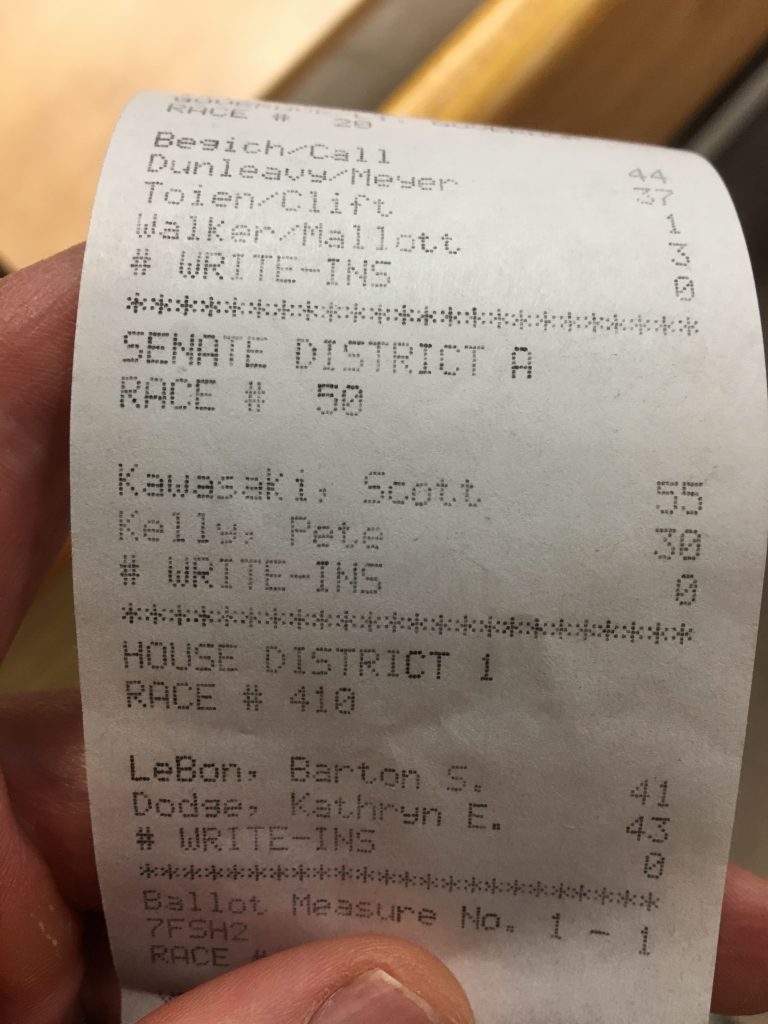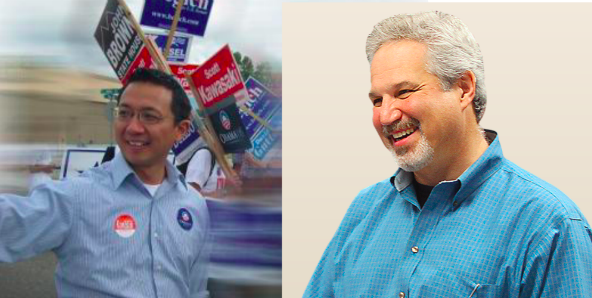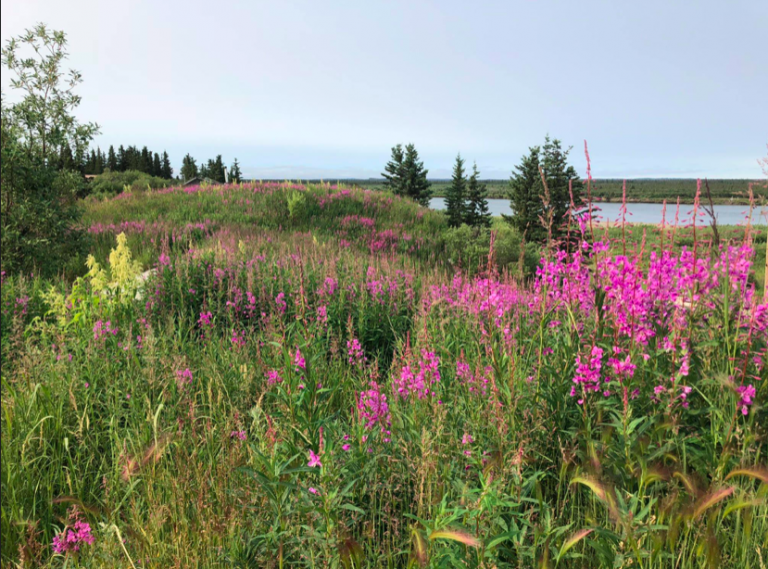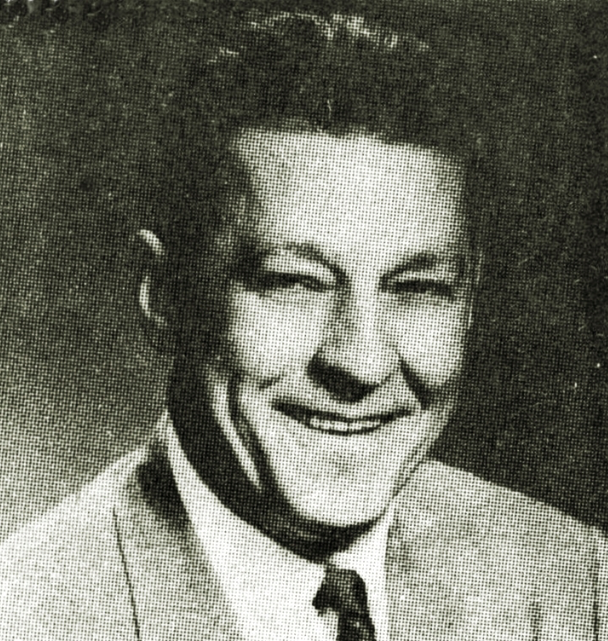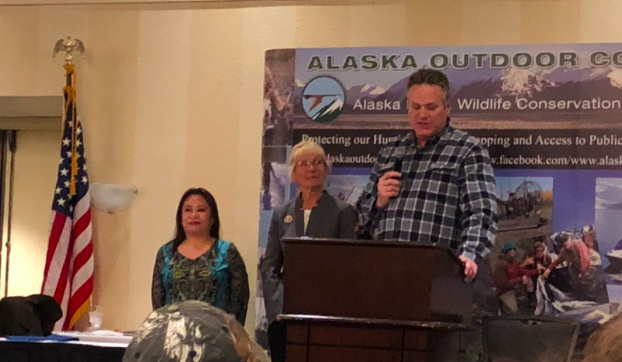JOE VOGLER WOULD ROLL OVER IN HIS GRAVE
The Alaska Independence Party may not be able to have a candidate for statewide office under its label on the next General Election ballot.
Why? Because it did not field a candidate this year, and not enough AIP-registered voters cast a ballot in the last General Election.
Is this the end of the unique party with a twisted history that includes Gov. Wally Hickel, a possible political assassination, and a secessionist platform?
The party was founded by Joe Vogler in the 1970s. It’s a states-rights party at its core, and strongly constitutionally focused. Among its unusual platforms is the desire to have Alaskans hold a popular vote on statehood.
Vogler moved to Alaska from Kansas in the 1940s, homesteaded in Fairbanks, and was a colorful figure in Alaskan politics, often wearing a fedora hat and a bolo tie, and writing frequent letters to the editor.
In the 1970s, he gathered 15,000 signatures over three weeks calling for Alaska to secede from the United States.
Vogler disappeared on May 30, 1993, weeks before he was scheduled to give a speech to the United Nations on Alaska independence, a speech that was sponsored by the government of Iran.
His body was later found wrapped in a blue tarp in a gravel pit outside of Fairbanks. Many of his friends and supporters viewed his death as a political assassination. Manfried West is still serving out his sentence after having confessed to killing Vogler.
HICKEL YEARS
Gov. Walter Hickel ran an insurgent campaign under the AIP banner and won his race for governor, serving from 1990 to 1994, which remains to this day the party’s most historic electoral outcome.
The Alaskan Independence Party was founded, in part, to promote the citizens’ right to vote on statehood. The group’s charter states: “The Alaskan Independence Party’s goal is the vote we were entitled to in 1958, one choice from among the following four choices:
- Remain a territory.
- Become a separate and independent country.
- Accept commonwealth status.
- Become a state.”
But Hickel didn’t run to secede and never fully supported the platform. He ran as an AIP candidate after meeting with Jack Coghill and Edgar Paul Boyko. The three men swapped nominees on the AIP ticket just prior to the deadline for filing; John Lindauer and Jerry Ward stepped aside and Hickel and Coghill were plugged into the slots. They went on to win the General Election in an abbreviated, sprint style campaign. Late in his term as governor, Hickel returned his party registration to Republican.
PARTY STATUS IN ALASKA NOW IN PERIL
In Alaska, a recognized political party is “an organized group of voters whose candidate for governor received at least three percent of the total votes cast in the preceding general election or whose number of registered voters is equal to at least three percent of the total votes cast for governor.”
The 17,095 registered in the AIP party as of Nov. 3, 2018 comes to 2.97 percent of the 573,798 registered voters, just under the threshold for being a party.
If the race for governor is not on the ballot, the race for United States Senator is used to calculate the three percent. If neither the race for governor nor the race for United States Senator appears on the ballot, the race for United States Representative is used.
The 2016 General Election did not include the gubernatorial race. Therefore, political parties will maintain their status if their candidate received three percent of the total votes cast for U.S. Senator or if they have registered voters equal in number to at least three percent of the total votes cast for U.S. Senator. That number was 9,343 until the 2018 General Election, according to the Division of Elections.
AIP, it appears, will go into the “recognized group” category, along with Green Party and Constitution Party groups. People may register as members of these political groups, but they are no longer recognized as parties.
POLITICAL GROUPS
In Alaska, a political group is “an organized group of voters seeking status as a recognized political party. To obtain recognized political party status, a political group must file an application with the director of the Division of Elections requesting that the number of registered voters for their group be tracked. The director will recognize the group as a political party upon meeting the requirements of statute.
A political group may field candidates for statewide office in the General Election via petition. These candidates do not participate in Primary Elections but go directly to the General. Gov. Bill Walker was a petition candidate in the General Election.
LIBERTARIANS CONTINUE AS RECOGNIZED PARTY
Libertarians total 7,442 in Alaska, but this small-but-fierce party in Alaska fielded a candidate for governor this year (Billy Toien) and therefore remains a recognized party, even though Toien won less than 2 percent of the vote.
Both Libertarians and AIP candidates typically drain votes from the Republican candidates.
